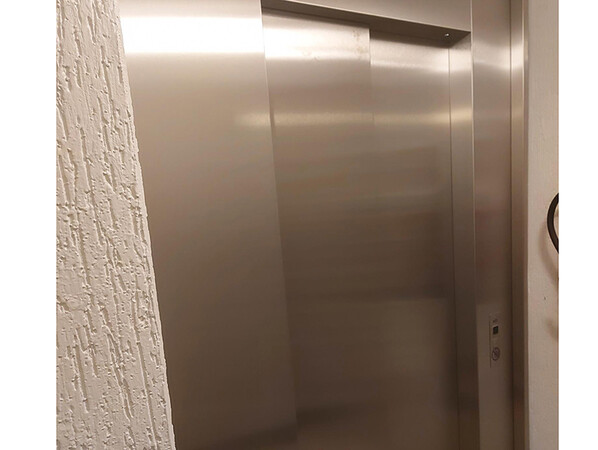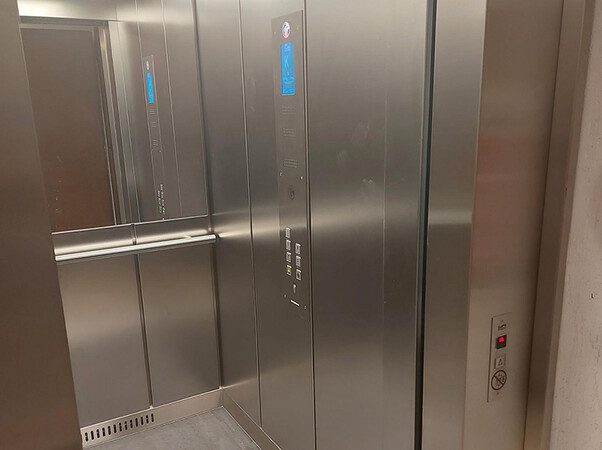Is this really sustainable?
We are increasingly often confronted with modernisations, which are actually reconstructions of the lift. Is this always necessary? And is it always sustainable?
Commentary by Horst Schickor
Operators, specialist planners and lift companies talk about modernisation when they mean reconstruction of lifts. Under particular conditions, this cannot be avoi-ded – for example, in the event of load changes, building conversions, use change, changes in requirements, etc.
But normally existing lifts, which in their core substance cannot wear out, are demounted, scrapped and replaced by less durable lifts – i.e. by new lifts that will not last another 50 years.
Undoubtedly, the state of the art has changed and undergone further development over the years. The safety of lifts for users and maintenance crews has got better, no doubt. But are the new lifts really better and really more sustainable?
We talk increasingly about sustainability, but what does this mean?
 Photo: © SBR-Aufzugtechnik
Photo: © SBR-AufzugtechnikWikipedia defines it as follows: "Sustainability is an operational principle for resource use in which permanent satisfaction of needs is to be guaranteed by the preservation of the natural regenerative capacity of the systems involved (above all, living creatures and ecosystems)."
This is a very global statement. For lifts, the following question arises in practice: what are we actually doing when we demount intact components, scrap them and replace them with new ones?
Definitely not conserving resources. The new components are created using raw materials, energy, transport, etc. Is this in line with the original meaning of sustainability? Not really.
Interests of rescuing people, maintenance and inspection
Simply put, the reconstruction of lifts in the form currently dominating the market (everything out of the shaft, machine room no longer used) is not in the interests of sustainability.
Why should one not retain the steel structure, rails, car frame, counterweight, etc. under certain conditions in the event of modernisation? Where’s the problem? When we do this, we speak of modernisation. We continue to use the machine room, which is undoubtedly in the interests of rescuing people, maintenance and inspection.
Requirements can be realised without problems
 Photo: © SBR-Aufzugtechnik
Photo: © SBR-AufzugtechnikThe car can be renewed without much effort. The same applies to the car doors and landing doors. In the case of existing hinged doors, it is normally possible to install automatic doors without causing great structural modifications in the staircases. This is made possible by proper outer frames. Controller, drive and speed governor are still in the machine room and can be normally operated. The requirements of the state of the art can be realised without problems.
The components that are retained will probably even outlive the newly introduced lift components. But one thing is certain: companies that implement this kind of modernisation must also have the technical skill required. This is because one does not simply take a lift off the shelf, but rather individual components that have to be adjusted to each other. For this, a certain amount of experience and corresponding skill are required. This does not work without engineering.
But by adopting this approach, a lift does not need to be completely scrapped after twenty years. This is what we understand with sustainability.
The author is the owner and managing partner of SBR-Aufzugtechnik.
























Write a comment